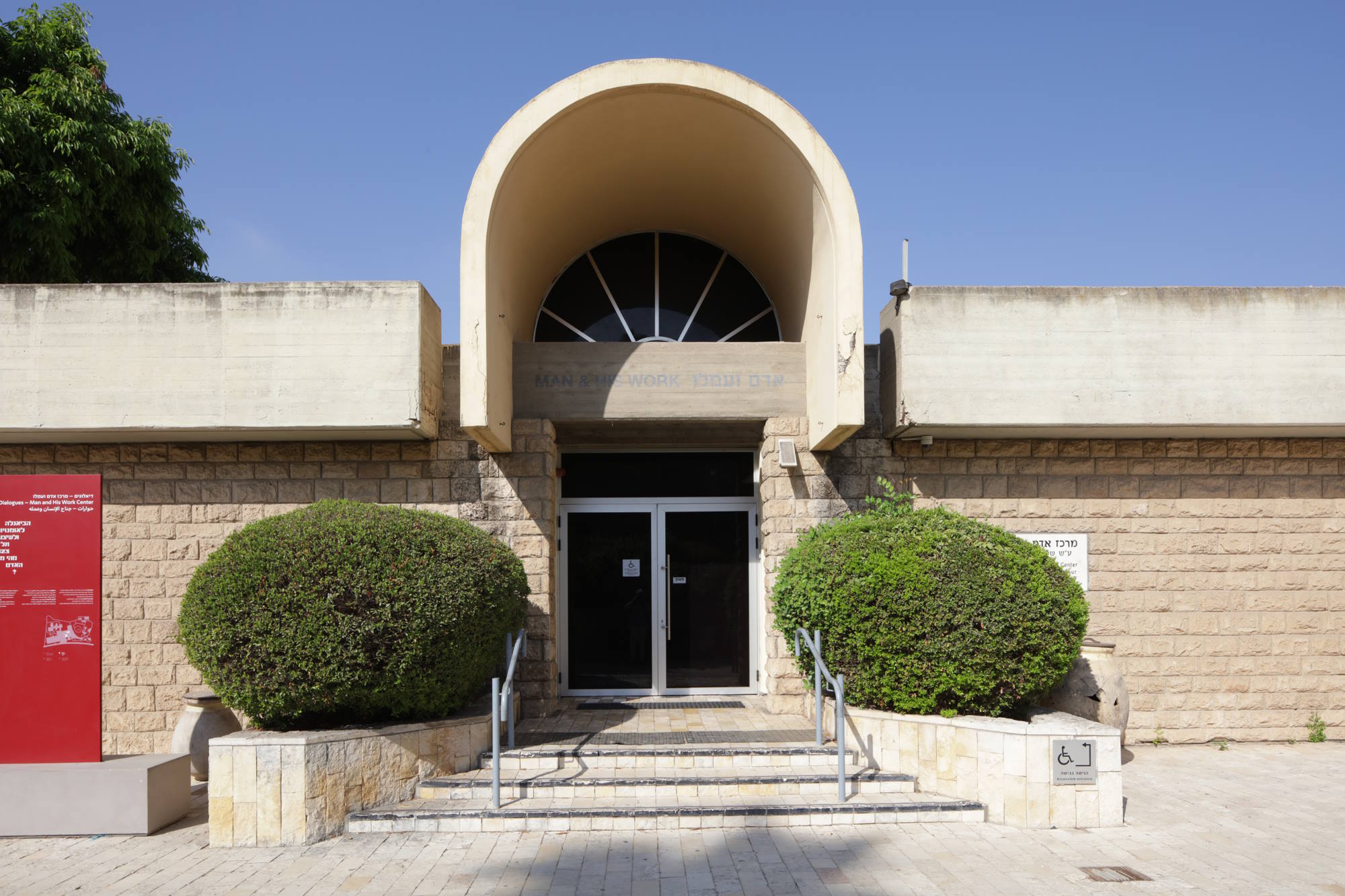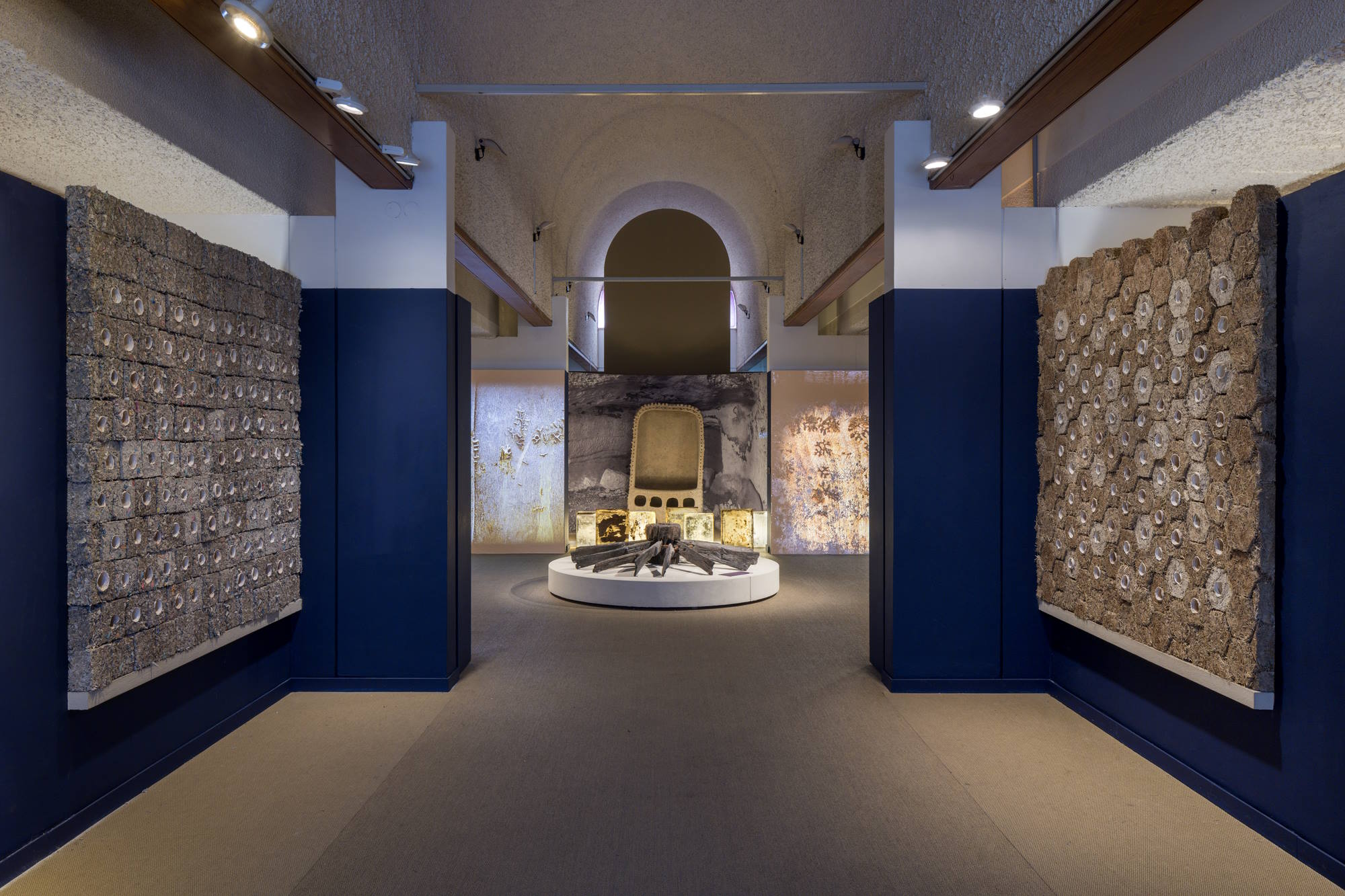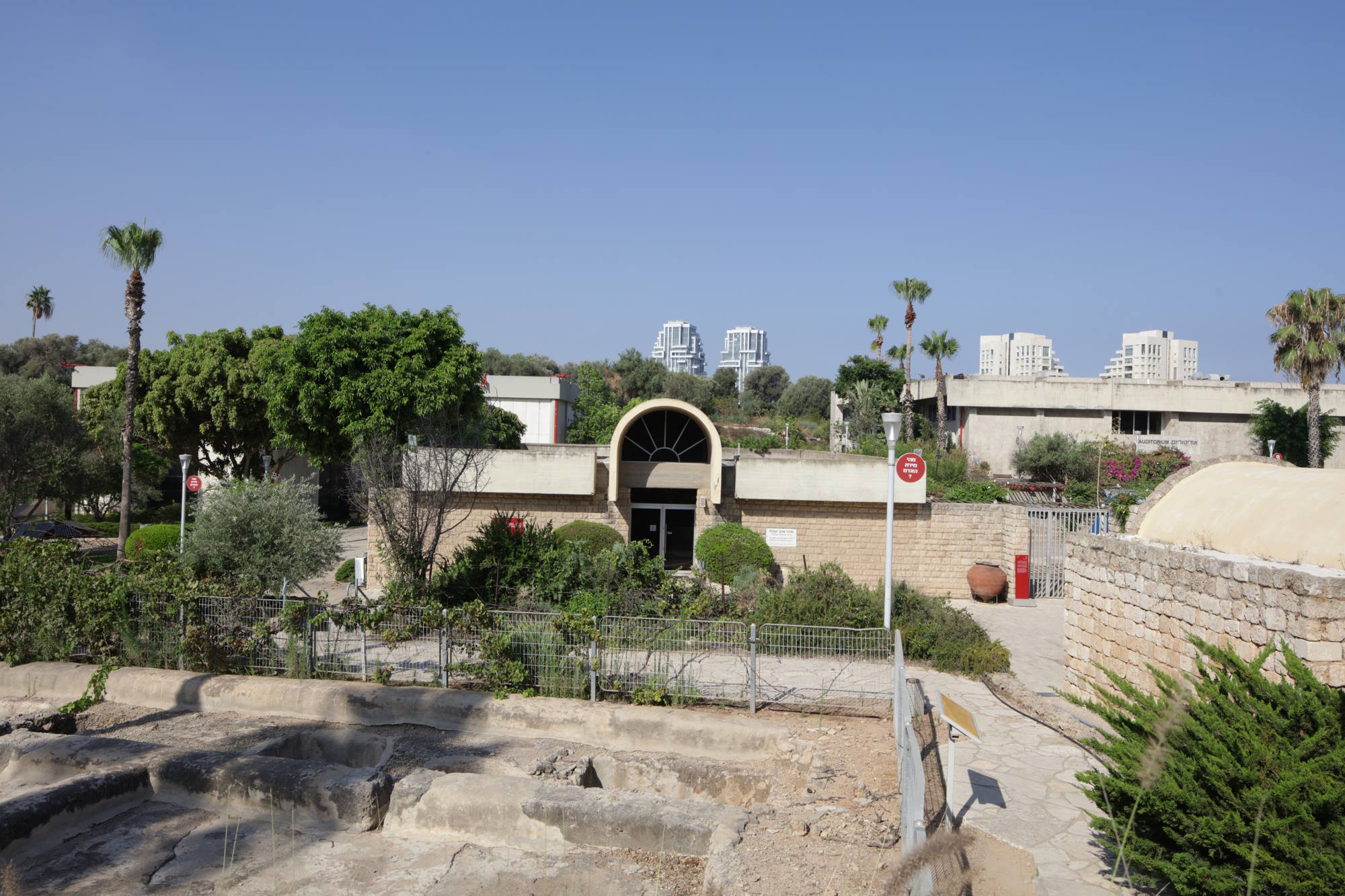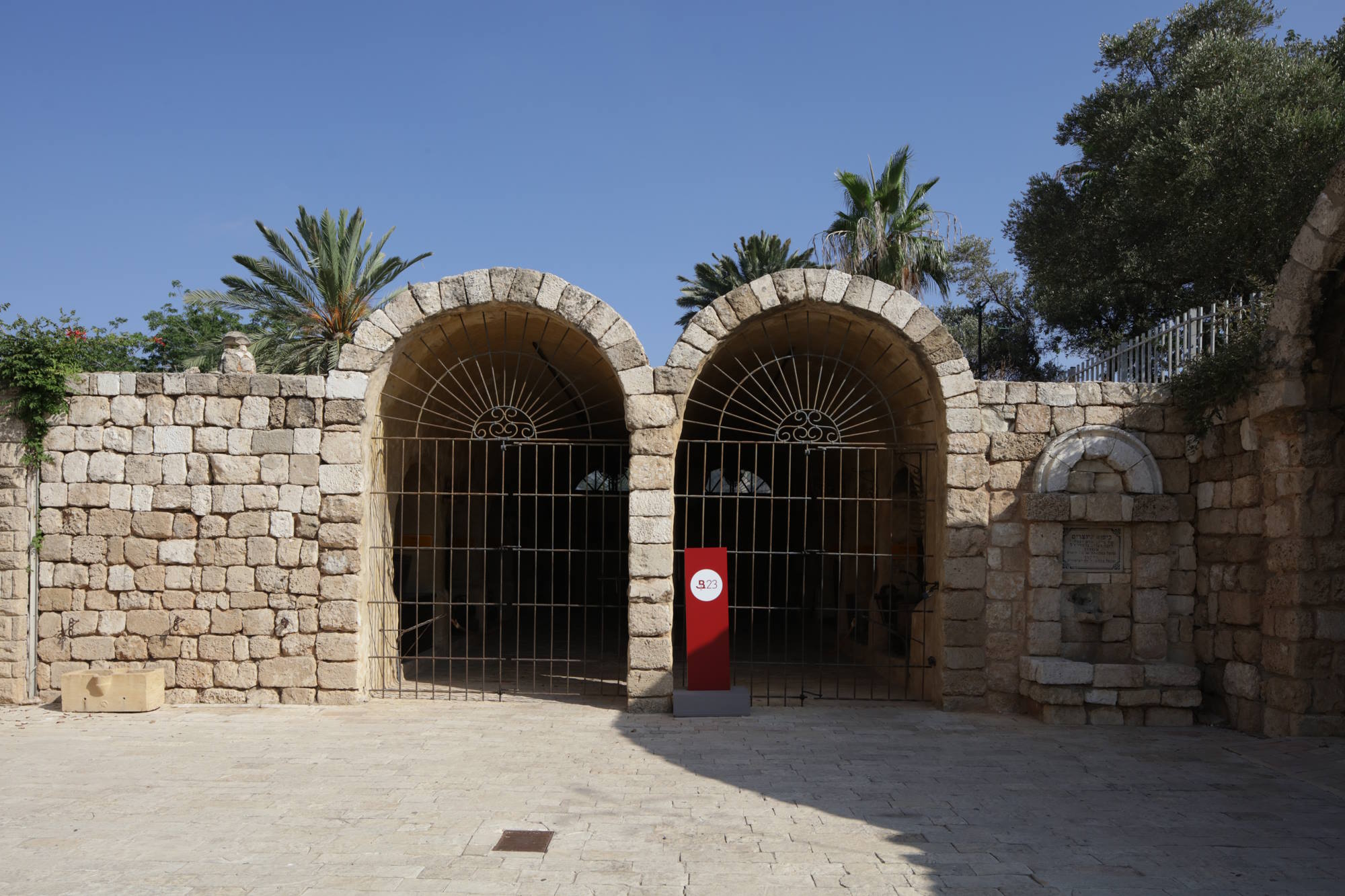The Man and His Work Pavilion tells the story of local material culture, and demonstrates that humans are an inseparable part of the environment in which they live. The Pavilion describes, displays and preserves a vanishing world of handicrafts and work which were part of the way of life practiced in our region for generations due to their suitability to the local environment, climate and raw materials.
The three display areas – the Pavilion, the Crafts Arcade and the Bread Courtyard – present visitors with a fascinating collection of tools, objects and equipment which were a part of many spheres of daily life, including agriculture, handicrafts, housework, design and decoration.
The beginnings of this unique ethnographic collection go back to the 1930s, to the work of Prof. Shmuel Avitzur, after whom this unique center, established in 1982, is named. The collection on display in the center and the ethnographic research associated with it are concerned with traditional cultures from recent generations, but through them we can also learn about ancient societies, understand archaeological finds and even propose theories about the existence of ancient objects that have disintegrated and decomposed over the years.
The Pavilion
The exhibits in the pavilion present visitors with tools and installations used by the inhabitants of the region until the beginning of modern industrialization. Most of the collection is ethnographic, from recent generations, but it incorporates ancient items, in such a way that the connection between old and new illustrates the continuity and conservatism characteristic of this area.
The pavilion is divided into sections, each focusing on a different aspect of daily life in traditional society – from obtaining and processing food, via building and masonry, to spinning and weaving. Together the objects, tools, photographs and videos in the display weave a rich tapestry portraying life in the country we know, in a totally different era.
The Crafts Arcade
The Crafts Arcade, located next to the Pavilion, is a simulation of the kind of artisans’ market customary in ancient times up until the last century. The arcade comprises 11 domes arranged next to one another in two rows, each of which contains a reconstruction of a different traditional workshop, with a display of the unique tools used by the artisan in his work. In the workshops you can see sets of tools used by different artisans – blacksmith, woodcarver, woodworker (carpenter), metalsmith, cobbler, cotton scutcher, potter, tinker, weaver, leather worker, baker and knife sharpener. This assembly is unique in its authenticity and the wealth of the display, which reflects the nature of bygone urban craft centers.
The Bread Courtyard
At the center of the Bread Courtyard outside the pavilion is a reconstruction of a threshing floor, representing one of the most important installations in the process of bread production in pre-industrial culture. The threshing floor, one of the earliest installations powered by animals, was the location for the task of separating grains from their husks.
Around the threshing floor in the courtyard are displayed threshing boards, ploughs, husks and other tools used for agricultural processing in various times and places.




